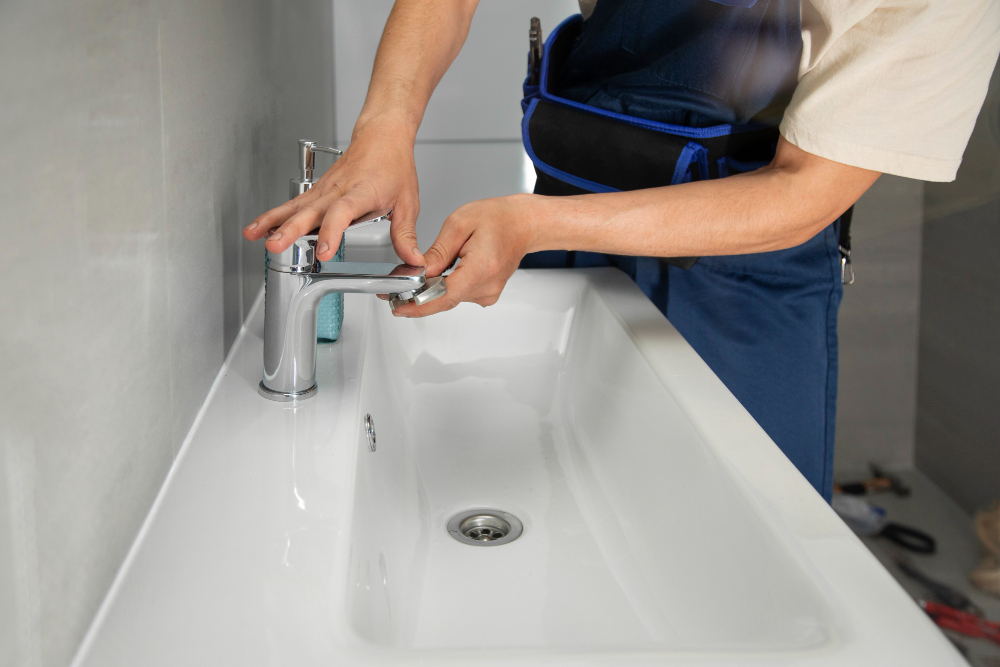A bathroom sink faucet is a fundamental component of your bathroom’s plumbing system, providing a controlled flow of water for various tasks such as washing hands, brushing teeth, and filling containers. While it might seem like a simple device, the mechanics behind a bathroom sink faucet are quite fascinating. Understanding how a bathroom sink faucet works can give you a deeper appreciation for its functionality and help you troubleshoot any issues that may arise.
Table of Contents
ToggleBasic Components
A bathroom sink faucet consists of several key components that work together to control the flow and temperature of water:
Spout: The spout is the visible part of the faucet from which water flows into the sink. It can vary in shape, length, and design, contributing to the overall aesthetic of the faucet.
Handles: Handles, also known as knobs or levers, are used to control the water flow and temperature. They are connected to valves inside the faucet body that regulate the movement of water.
Valves: Valves are essential for controlling the flow and mixing of hot and cold water. There are different types of valves used in bathroom sink faucets, including compression valves, ball valves, cartridge valves, and ceramic disc valves.
Aerator: An aerator is a small attachment located at the end of the spout. It helps control the water flow by mixing air with the water stream. This not only reduces splashing but also conserves water and improves water pressure.
Water Flow and Temperature Control
When you turn on a bathroom sink faucet, you are essentially manipulating the handles to control the flow of water and its temperature. Here’s how it works:
Flow Control: When you lift the handle of the faucet, you are opening the valve inside. This allows water to flow from the water supply lines (hot and cold) into the faucet body. The amount of water that flows depends on how far you open the handle. Adjusting the handle allows you to control the flow rate, ranging from a gentle stream to a strong flow.
Temperature Control: If the faucet has separate hot and cold handles, turning one handle towards the hot side and the other towards the cold side allows you to control the water’s temperature. The two water supply lines are connected to separate valves inside the faucet body. As you adjust the handles, these valves open or close, allowing varying amounts of hot and cold water to mix and reach the desired temperature.
Mixing Valve: In faucets with a single handle, a mixing valve mechanism is used to combine hot and cold water. As you turn the handle clockwise or counterclockwise, you are adjusting the position of the mixing valve, which determines the ratio of hot to cold water being mixed.
Aerator and Water Conservation
The aerator, a small mesh attachment at the tip of the faucet’s spout, serves multiple purposes:
Reduced Splashing: The aerator breaks the water stream into smaller droplets, reducing splashing and preventing excessive water wastage.
Water Conservation: By mixing air with the water stream, the aerator helps conserve water without compromising water pressure. This is especially important for eco-friendly and water-efficient practices.
Preventing Clogs: The aerator also acts as a filter, trapping debris and sediment from entering the water flow. Regular cleaning of the aerator prevents clogs and ensures a smooth water flow.


